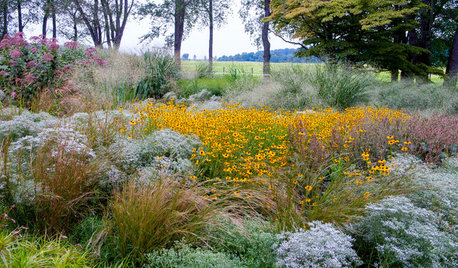Nutgrass and Sugar
rjr1
13 years ago
Related Stories

GARDENING GUIDESThe Surprising Ingredients Every Good Garden Should Have
See what to do — and not do — for lasting rewards in your landscape
Full StoryI have seen where you spray your lawn with Dawn Dish detergent (and water) and then sprinkle sugar on the Nutgrass and then lightly water in... my questions are:
1) Does it work?
2) What kind of sugar?
3) What do you use to sprinkle the sugar on the lawn
4) What time of year do you do this? How many times?
5) How do you know it is working?


botanicalbill
dchall_san_antonio
Related Professionals
Accokeek Landscape Architects & Landscape Designers · Oconomowoc Landscape Architects & Landscape Designers · Gainesville Landscape Contractors · Clark Landscape Contractors · Coeur d'Alene Landscape Contractors · Commack Landscape Contractors · Deerfield Landscape Contractors · Franklin Landscape Contractors · Gainesville Landscape Contractors · Mount Sinai Landscape Contractors · New Cassel Landscape Contractors · Pahrump Landscape Contractors · Soddy Daisy Landscape Contractors · Wareham Landscape Contractors · Cedar Hill Swimming Pool Buildersrjr1Original Author
dchall_san_antonio
botanicalbill
Gags
rjr1Original Author
Gags
nearandwest
dchall_san_antonio